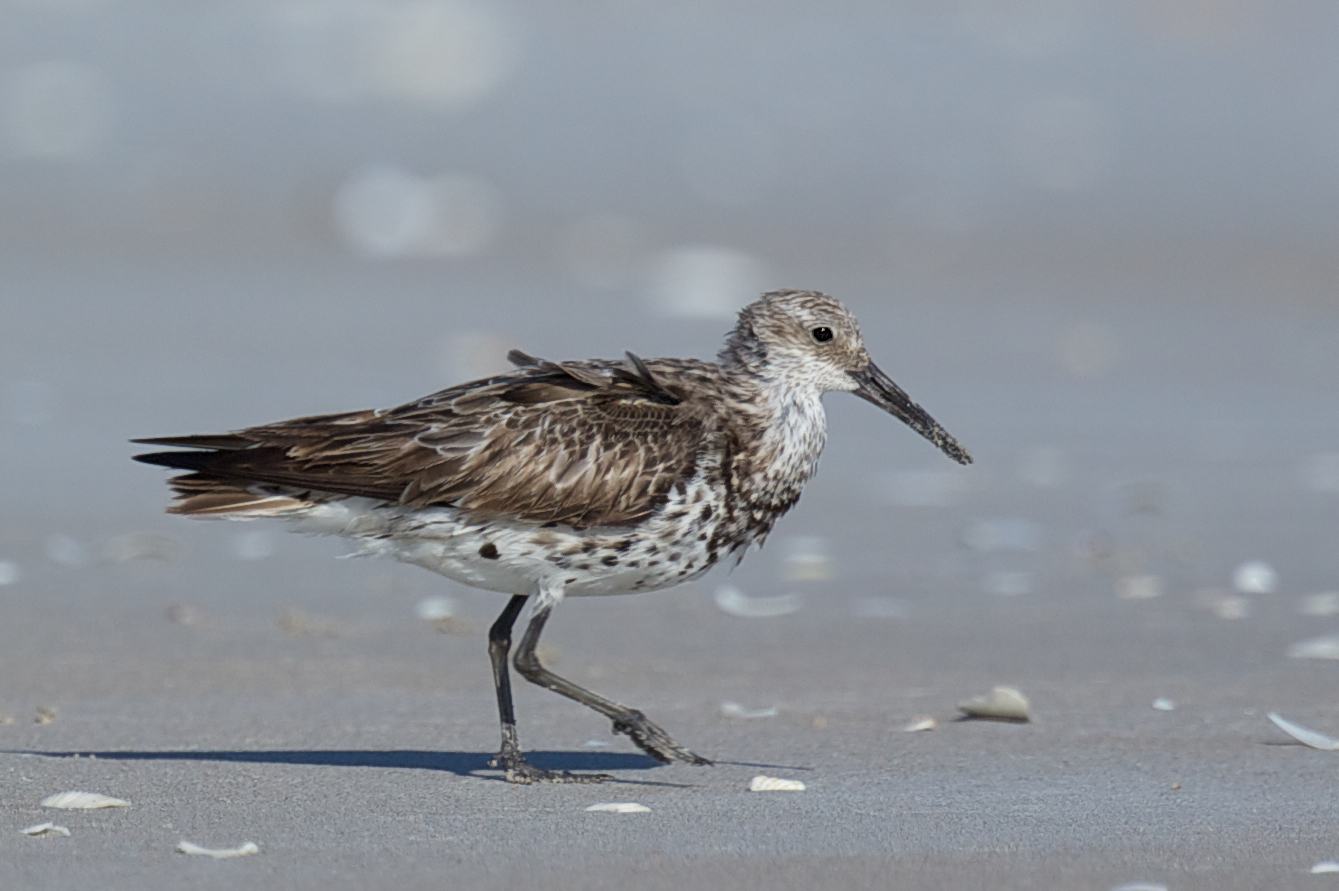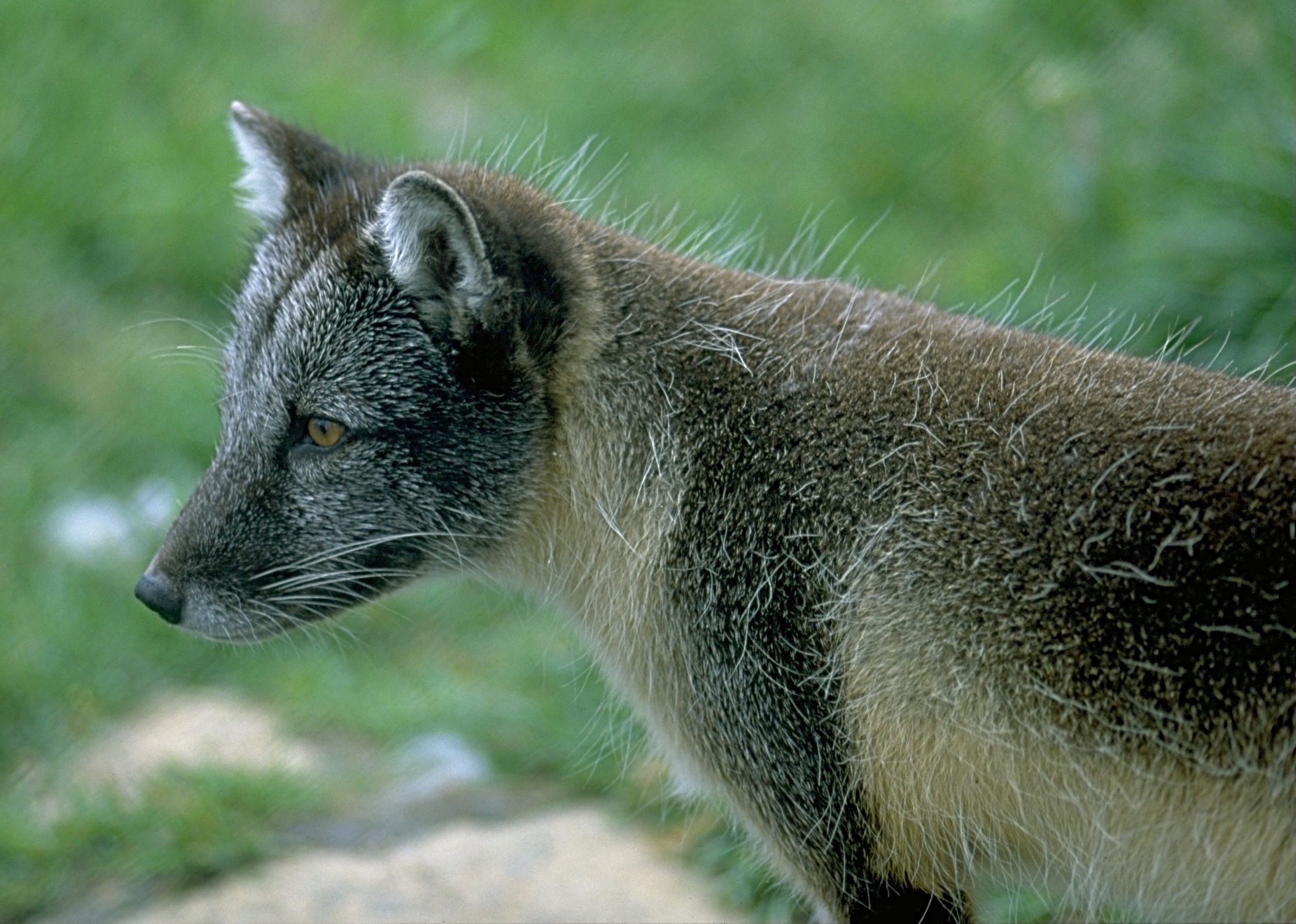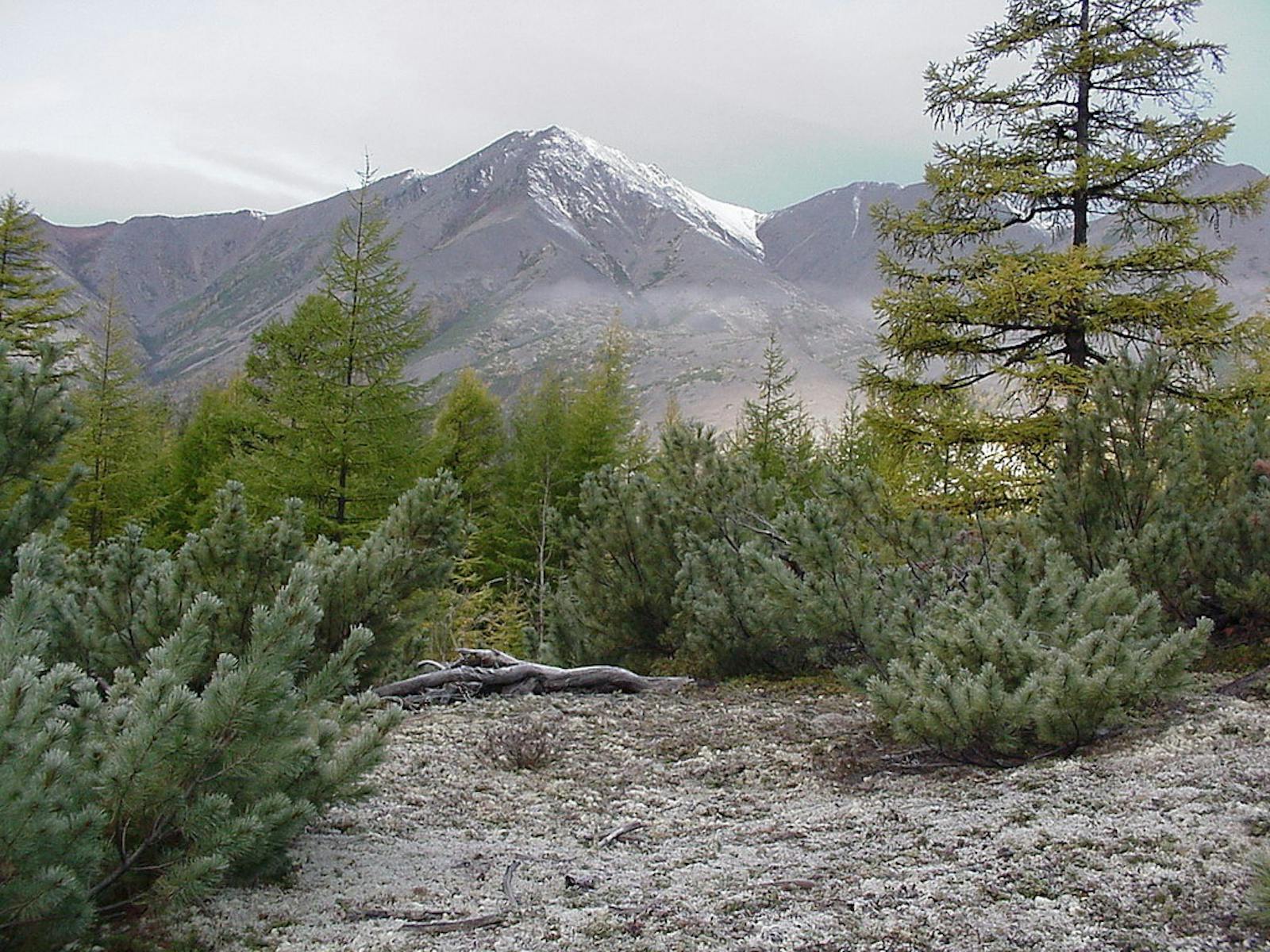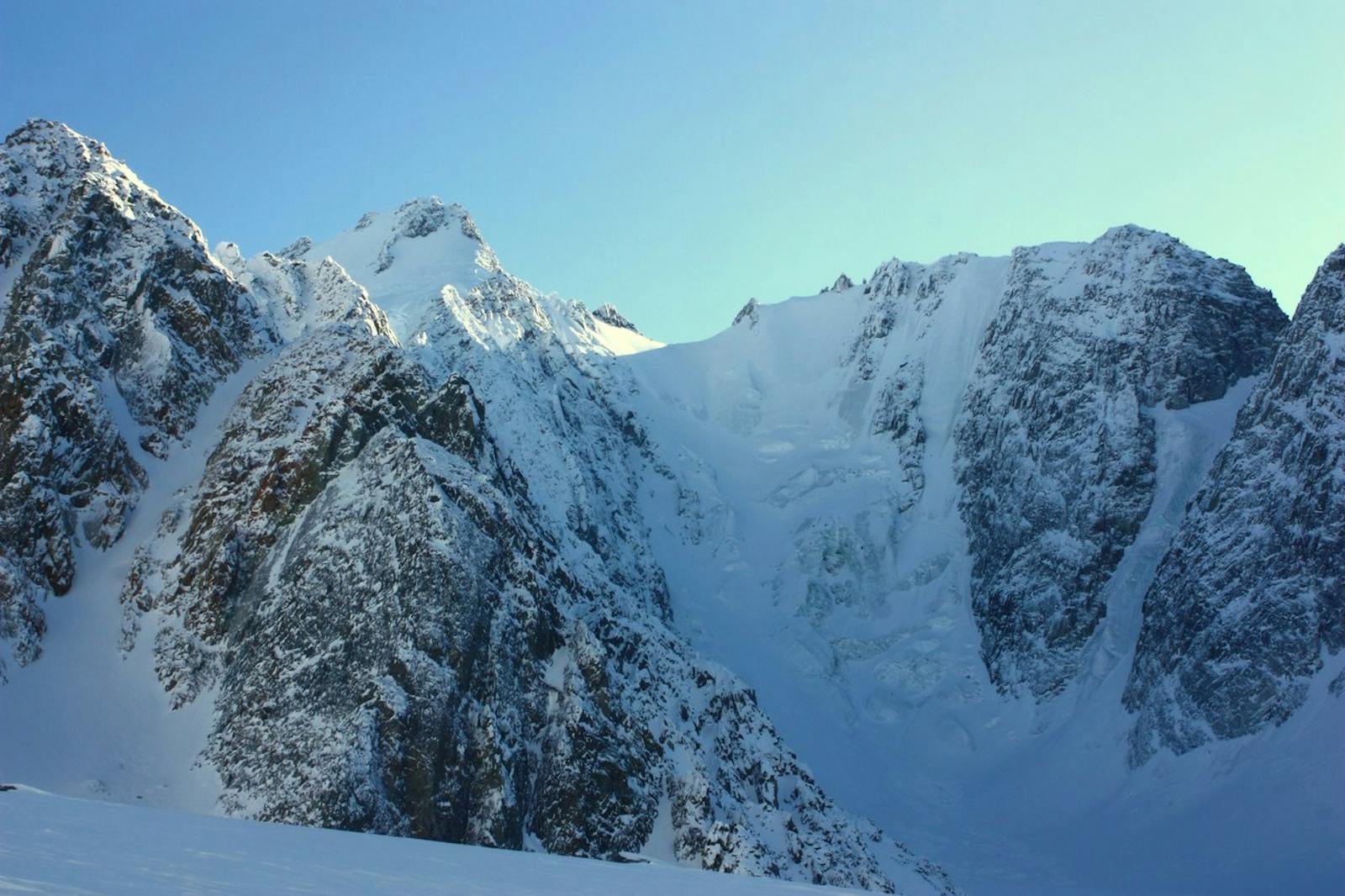Cherskii-Kolyma Mountain Tundra
The ecoregion’s land area is provided in units of 1,000 hectares. The conservation target is the Global Safety Net (GSN1) area for the given ecoregion. The protection level indicates the percentage of the GSN goal that is currently protected on a scale of 0-10. N/A means data is not available at this time.
Bioregion: Siberian Boreal Forests & Mountain Tundra (PA7)
Realm: Subarctic Eurasia
Ecoregion Size (1000 ha):
55,803
Ecoregion ID:
771
Conservation Target:
95%
Protection Level:
1
States: Russia
Uniquely remote and utterly freezing, the Cherskii-Kolyma Mountain Tundra ecoregion has large areas of pristine alpine tundra, rich with stunted trees, shrubs, plants and lichens adapted to the extreme cold of the arctic yet found at much lower latitudes because of high altitude. In the short summers, reindeer, an endemic Siberian musk deer subspecies, and snow sheep climb the mountains to graze and breed, followed by predators such as brown bear, grey wolf, wolverine and Eurasian lynx. The endangered great knot nest in these quiet lichen-rich areas.
This ecoregion consists of numerous montane areas above the tree line, including the Verkhoyansk, Cherskiy, Ulakhan-Chistay, Moma, and Kolyma mountain ranges, spread within the Northeast Siberian Taiga ecoregion. Winter temperatures are some of the coldest on Earth. In Verkhoyansk, the average annual temperature is -15.2°C, average monthly temperatures are -46.2–15.3°C, and only 175 mm of mean precipitation falls per year.

The flagship species of the Cherskii-Kolyma Mountain Tundra ecoregion is the great knot. Image credit: Creative Commons
The entire ecoregion is subject to permafrost. Zones of vegetation occur according to altitude with a consistent order across different mountain ranges. Above the Dahurian larch forest tree line, subalpine shrubberies of dwarf Siberian pine, Siberian alder, Rhododendron aureum, and Betula fruiticosa grow with a ground layer of lichens. Next, a 200–300 m-wide tundra belt has widespread coverage of eightpetal mountain-avens, white arctic mountain heather, and Ledum decumbens alongside species such as alpine bearberry, northern mountain cranberry, and Rhododendron adamsii. Waterlogged depressions are filled with water sedge and hare-tail cotton-grass.
There are many fruticose lichen species such as curled snow lichen and green witch's hair. Above this is a zone with only mosses such as hoary rock moss, foliose lichens, for example, Umbilicaria spp. and Parmelia spp., and crustose lichens stuck tightly to rocks such as Ophioparma ventosa. At the top of the highest mountains is a nival zone: bare rock where nothing but fragments of foliose and crustose lichens survive.

Arctic fox. Image credit: Andreas Tille, Creative Commons
Brown bear, Eurasian lynx, wolverine, and grey wolf use the ecoregion, following reindeer and an endemic subspecies of Siberian musk deer as they access grazing areas above the tree line in warmer months. Snow sheep and black-capped marmot make use of patches of alpine meadow. In the north of the ecoregion, arctic fox hunt the many small mammals, particularly brown lemming. Birds at home in the high shrub and tundra areas include Siberian accentor, willow grouse, rock ptarmigan, and Asian rosy finch. Grey-tailed tattlers nest along the streams and rivers of the mountains. Endangered great knot breed in the lichen-rich montane tundra.
The majority of habitat within the ecoregion is undisturbed. Eastern areas are extremely remote, lacking roads and having only the occasional nearby airstrip. Protected areas cover over 13% of the ecoregion, but these are concentrated in the western, Sakha Republic, part of the ecoregion and lacking in the southern (Magadan) and eastern parts (Chukotka).
_resized.jpg)
Brown bear. Image credit: Francis C. Franklin, Creative Commons
Although inaccessibility limits the current human threats to the ecoregion, mines such as Kupol gold mine exist and mineral reserves are considerable. Climate change may have a profound impact as shrubland is predicted to expand into current tundra areas. However, because of limited soil depth and availability at high altitudes, it could be the case that these mountain tundra areas become vital refuges for tundra species threatened elsewhere.
The priority conservation actions for the next decade will be to: 1) increase protection for mountain tundra in the south and east of the ecoregion; 2) manage infrastructure development (roads, pipelines) to prevent habitat loss; and 3) prevent pollution and habitat loss due to mining.
Citations
- Joint Research Centre of the European Commission. 2019. The Digital Observatory for Protected Areas (DOPA) Explorer 4: Cherskii-Kolyma mountain tundra. [Online]. [Accessed 13th December 2019]. Available from: https://dopa-explorer.jrc.ec.europa.eu/ecoregion/81103
- Isaev, A.P., Protopopov, A.V., Protopopova, V.V., Egorova, A.A. Timofeyev, P.A., Nikolaev, A.N., Shurduk, I.F., Lytkina, L.P., Ermakov, N.B., Nikitina, N.V., Efimova, A.P., Zakharova, V.I., Cherosov, M.M., Nikolin, E.G., Sosina, N.K., Troeva, E.I., Gogoleva, P.A., Kuznetsova, L.V., Pestryakov, B.N., Mironova,S.I., and Sleptsova, N.P. 2010. Vegetation of Yakutia: Elements of Ecology and Plant Sociology. In: Troeva, E.I., Isaev, A.P., Cherosov, M.M. and Karpov, N.S. eds. The Far North: Plant Biodiversity and Ecology of Yakutia. Dordrecht: Springer. pp. 143-260
- Stishov, M.S. 2013. Protected Areas in the Russian Arctic: Current State and Prospects for Development. WWF Russia. [Online]. [Accessed 13th December 2019]. Available from: https://wwf.ru/upload/iblock/46e/arctic_gap_eng.pdf


.png?auto=compress%2Cformat&w=300)

